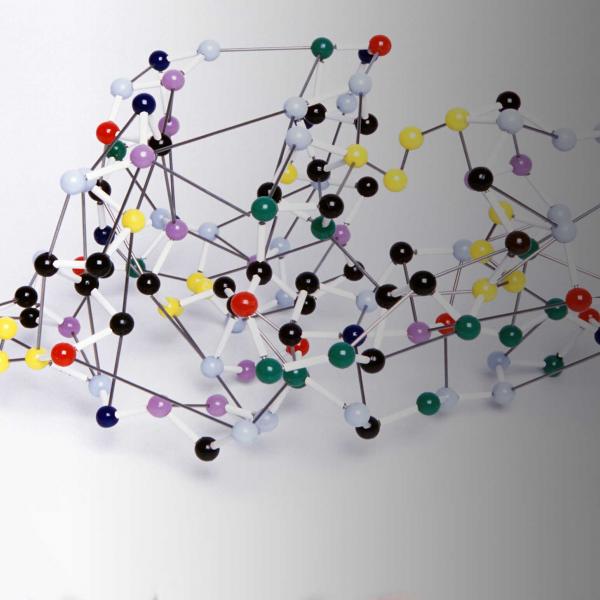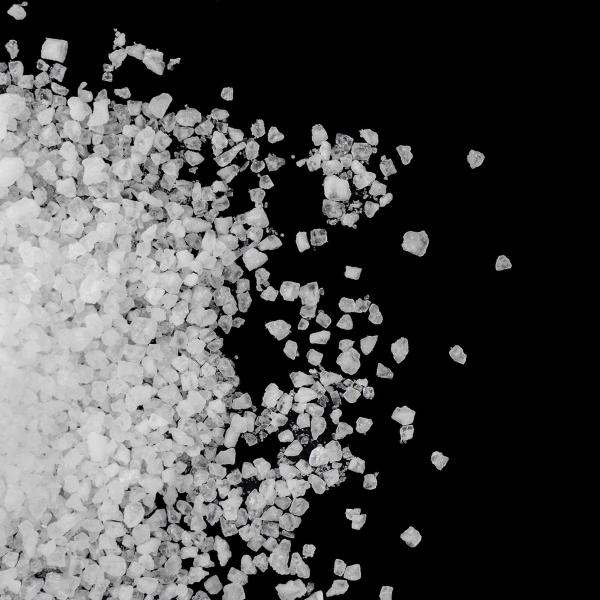Since its discovery in 1922, Lysozyme remains one of the most powerful natural anti-bacterial and anti-viral compounds identified to date, perhaps best known to most for its function in saliva and tears. Lysozyme holds a critical front-line defence role not only in the fluids of humans but also in plants and animals.
The story of its discovery by Alexander Fleming is one of serendipity. For Fleming, it was not the fall of an apple, but that of mucous landing in a bacterial culture that revealed the efficacy of Lysozyme in rupturing the cell wall of bacteria. It is this powerful bacteriolytic effect that led to its naming. In his further studying of its characteristics, Fleming isolated Lysozyme from hen egg whites, now known to be a particularly abundant source for Lysozyme, where it usually functions as both a natural antimicrobial and as a nutrient for the developing chick embryo. Indeed, it is egg white that serves as the source for Bioseutica®’s Lysozyme extraction, enabling us to produce the highest quality product, at scale for the broad industries that find a use for this powerful natural alternative to synthetic preservatives. For industrial uses, Lysozyme can be considered a clever catalyst, modulating its function dependent on the context of its application. Whilst finding an immunomodulatory function in animal healthcare, Lysozyme is also effective in preventing spoilage in food and drink industries, including preventing late blowing in cheese production and reducing sulfite use in winemaking.
A 1-4-Beta-N-acetylmuramidase, Lysozyme is a relatively small enzyme which potently cleaves (or cuts) the exposed primary protective peptidoglycan component of the cell wall of gram-positive bacteria. This weakening of the cell wall renders them highly susceptible to mechanical stress, and osmotic shock, irreversibly rupturing and killing the bacteria. The release of the internal bacterial components and peptidoglycan fragments activates an innate immune function in humans, giving Lysozyme additional immunomodulatory capability.
Unlike the thick outer peptidoglycan wall of gram-positive bacteria, gram-negative bacteria have two cell membranes sandwiching a thin layer of peptidoglycan, conferring some protection against Lysozyme’s cleaving properties. However, as Lysozyme is cationic (having a net positive charge), it is highly attracted to the negatively charged outer membrane of gram-negative bacteria. Here, it is able to form pores that disrupts membrane function, effectively inactivating gram-negative bacteria. This powerful ability to prevent (what is otherwise rapid) bacterial growth has been leveraged by nature, with Lysozyme finding key roles in both animal and plant kingdoms. In mammals, lysozyme is abundant not only in tears and saliva, but in milk, blood, urine, and mucosal membranes.
Bioseutica® is the leading producer of Lysozyme globally, with patented solvent-free production methods from hen eggs that are certified to pose no transfer risk of Avian Flu virus. We also offer pharmaceutical grade cGMP manufactured API Lysozyme, suitable for use in healthcare and wellness products. This can currently be found in over-the-counter drugs for colds and inflammatory conditions, and also for oral health and skin healing.
Bioseutica is the only producer of lysozyme with patented methods that are certified to contain no risk for Avian Flu virus by Pasteur Texcell Institute. Bioseutica’s environmentally friendly manufacturing activities, located in Europe and the Americas, operate to the highest global standards of purity without the use of any solvents, whatsoever our extraction plants use an absorption process with an ion-exchange resin. Our refining plants are certified cGMP, ISO 9001:2000, ISO 14001 and ISO 1801.
We will be writing a little more here each week about the industrial applications of Lysozyme and other products in our portfolio, so do be sure to check back to learn more about our offerings.
References
- Ferraboschi, P.; Ciceri, S.; Grisenti, P. Applications of Lysozyme, an Innate Immune Defense Factor, as an Alternative Antibiotic | Publisher Site
- Takada K et al.: Detoxification of lipopolysaccharide (LPS) by egg white lysozyme | Publisher Site
- Tagashira A. et al.: Lysozyme from hen egg white ameliorates lipopolysaccharide-induced systemic inflammation in mice | Publisher Site
- Derde M et al.: Hen Egg White Lysozyme Permeabilizes Escherichia coli Outer and Inner Membranes | Publisher Site
- Derde M et al.: Native lysozyme and dry-heated lysozyme interactions with membrane lipid monolayers: Lateral reorganization of LPS monolayer, model of the Escherichia coli outer membrane | Publisher Site
- Ferrari R.: Antiviral activity of Lysozyme Nature 1959 | Publisher Site
- Lee-Huang S et al.: Lysozyme and RNases as anti-HIV components in beta-core preparations of human chorionic gonadotropin | Publisher Site
- Malaczewska et al.: Antiviral effects of nisin, lysozyme, lactoferrin and their mixtures against bovine viral diarrhoea virus | Publisher Site
- Fukai et al.: New possibilities for egg white lysozyme: heat-denatured lysozyme partially inactivates select foot-and-mouth virus strains | Publisher Site
- Sebaa S. et al.: Dose-dependent effect of lysozyme upon Candida albicans biofilm | Publisher Site
- Samaranayake Y et al.: Antifungal Effects of Lysozyme and Lactoferrin against Genetically Similar, Sequential Candida albicans Isolates from a Human Immunodeficiency Virus-Infected Southern Chinese Cohort | Publisher Site
- Dai, P.; Li, Q.: Lysozyme : Research progress in the application of lysozyme in food and medicine field - A review | Publisher Site




